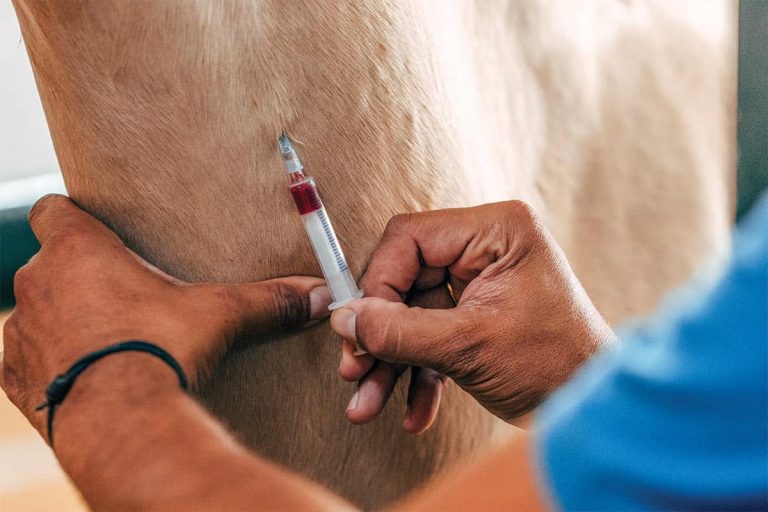Hoof Wall and White Line Disease
The more you read about white line disease, and the more you talk to farriers and veterinarians about it, the more you think there might be some wisdom to those who shrug and say, White line disease? Never see it. Not in any of my clients’ horses. “he more you read about white line disease, and the more you talk to f
















